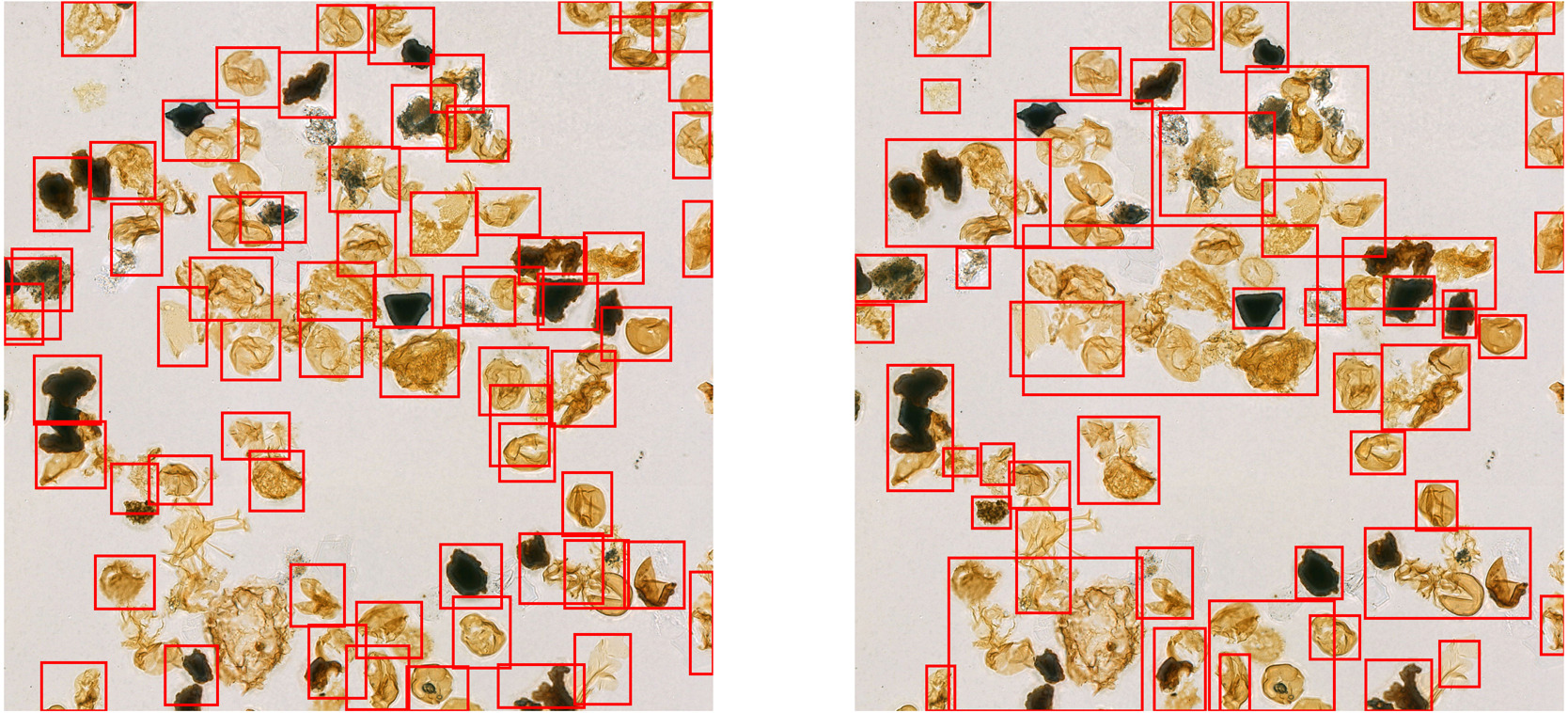Have you ever heard of Palynomorphs, “microfossils” that are abundant pretty much everywhere? They’re microscopic fossils that appear in sedimentary rocks across the world and are invaluable for geologists and paleontologists researching the planet’s evolutionary history. However, their tiny size and sheer numbers can be a challenge to work with, so researchers have now created a new machine learning technique to make this otherwise arduous task more manageable.
Palynomorphs really are small; they can range from 5 to 500 micrometres in size. If you consider the diameter of a human hair measure between 17 to 181 micrometres, then you get a sense for just how small they can be. Even grains of pollen tend to be larger than the smallest Palynomorphs.
These tiny fragments are made of compounds that are extremely resistant to most forms of decay, as they are often made up of sporopollenin, dinosporin, or similar compounds. They were formed at any point between a couple of million years ago to over 500 million years ago. As such, they are valuable for researchers looking to age a rock layer or reconstruct a long-lost environment – such as whether the layer formed underwater or was a terrestrial feature.
Analysis of this variations tell us a lot about how the Earth has changed and can also offer insights into past climate conditions and geological events.
Previously, scientists would spend tedious hours manually classifying these microfossils by staring into microscopes where they may see billions of samples across multiple slides. It is a painstaking and frustrating process, but new advances in AI assisted techniques may make this significantly easier.
Researcher led by a team from the University of Tromsø, Norway, has introduced a two-stage AI-driven system that detects and classifies microfossils from microscope images.
“We propose an automatic pipeline for microfossil extraction and classification from raw microscope pictures. The method is fast and efficient and does not require intensive computing power”, the team wrote.
“We show that our approach improves the state-of-the-art for fossil extraction. The identification of individual species with machine learning is new and promising.”
The team achieved this in stages. Firstly, they used a pre-trained object detection model – YOLOv5 – to examine, identify and extract individual Palynomorphs from slide images. This process creates bounding boxes that appear around each microfossil, saving dozens of hours of work.

The image on the left shows the results of the machine learning method introduced in this research. It is more precise than the one on the right, which was created with the pipeline of standard image processing methods.
Then, in the second stage, the team used a self-supervised learning system (SSL), which is a relatively new learning paradigm that is increasingly popular. The technique can essentially be trained to extract specific features from the samples it processes. It relies on self-supervised models to generate implicit labels from unstructured data.
Within this study, the team compared two SSL frameworks – SimCLR and DINO – both of which were found to be invaluable means for speeding up the classification process.
“This work shows that there is great potential in utilizing AI in this field,” Iver Martinsen, first and co-corresponding author of the study said in a statement. “By using AI to automatically detect and recognize fossils, geologists might have a tool that can help them better utilize the enormous amount of information that wellbore samples provide”.
The team used the AI to detect Palynomorphs using data obtained by the Norwegian Offshore Directorate, which came from the Norwegian continental shelf. In order to test its accuracy, the team then tested the model by classifying several hundred previously labels fossils from the same well.
“We are very happy with our results. Our model exceeds previous benchmarks available out there. We hope that the present work will be beneficial for geologists both in industry and academia,” adds Martinsen.
The paper is published in Artificial Intelligence in Geosciences.
Source Link: New Machine Learning Technique May Revolutionize Research Into 500 Million-Year-Old Microfossils